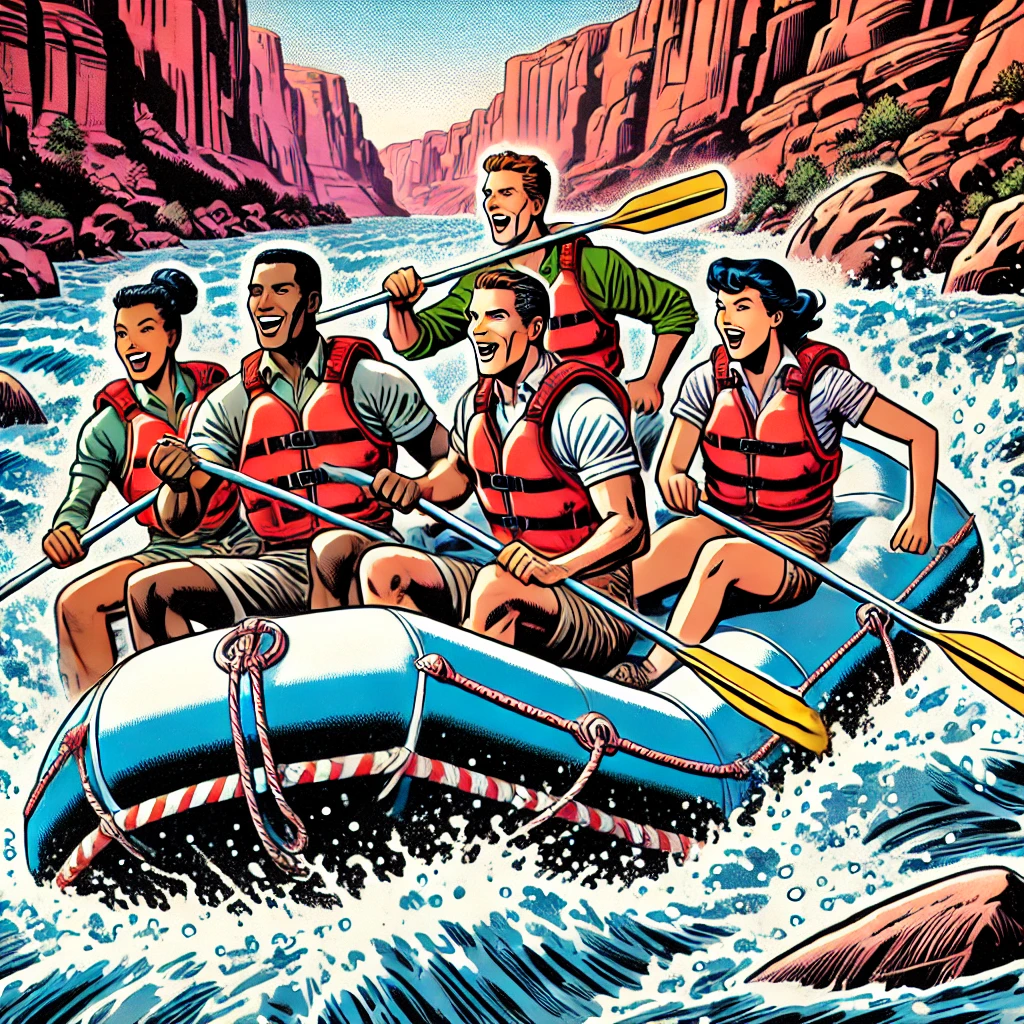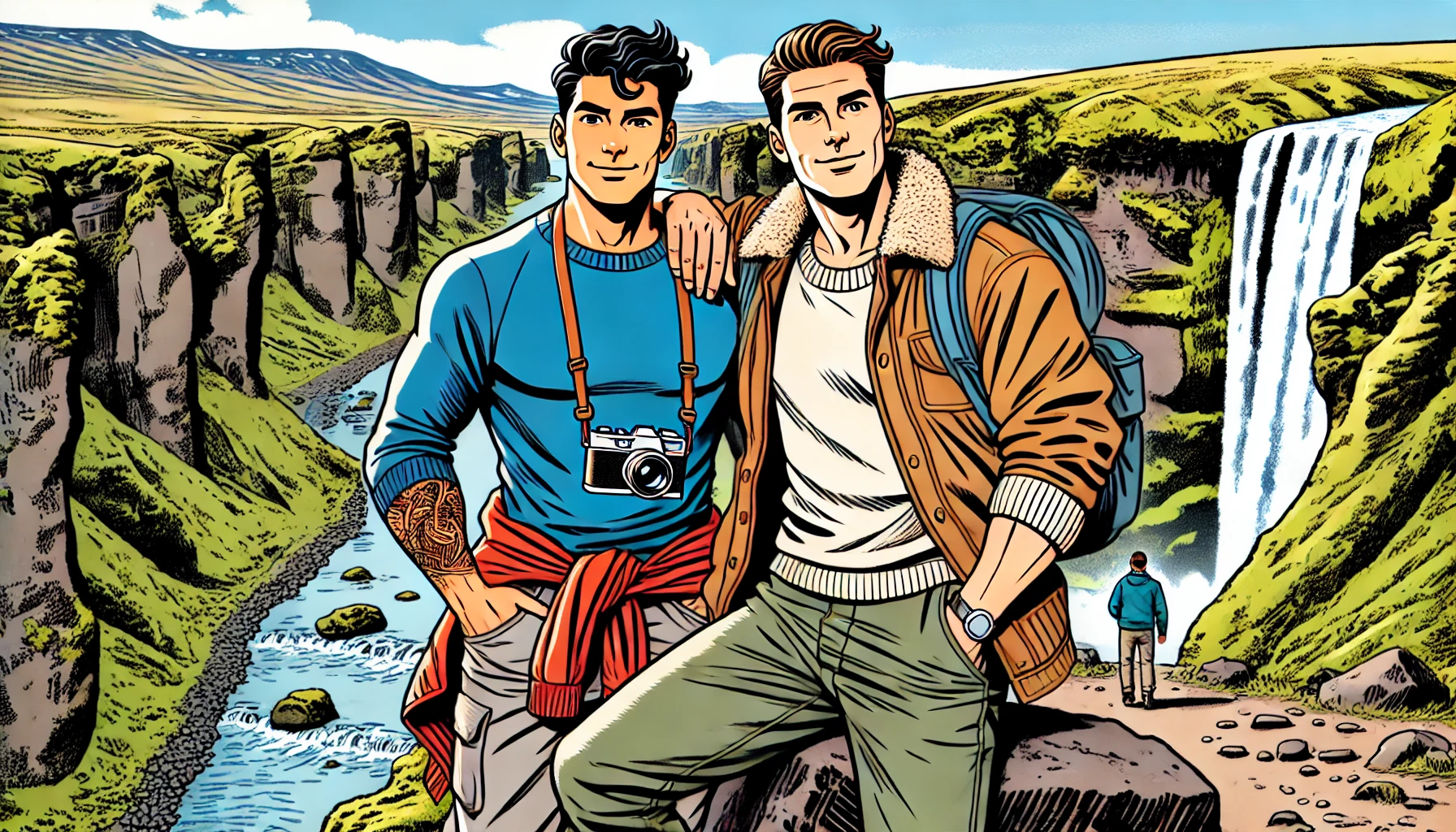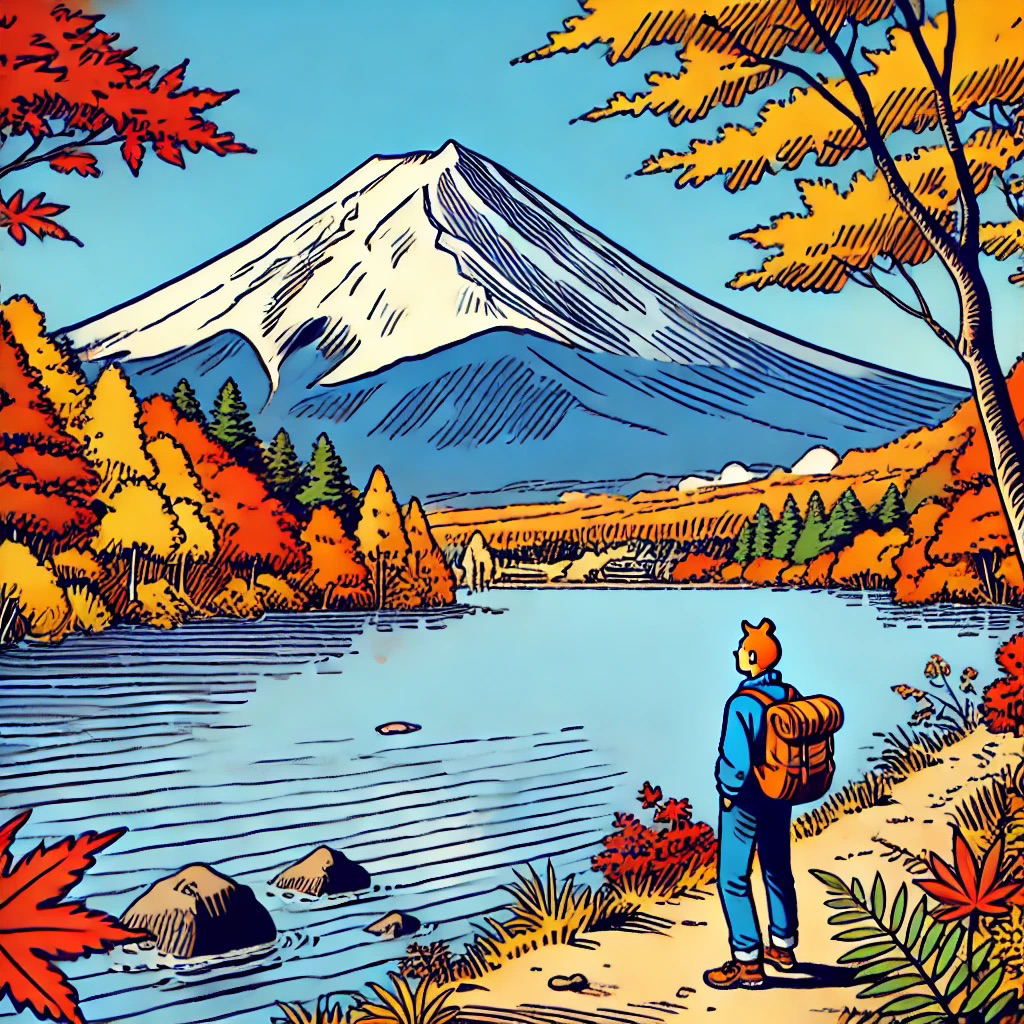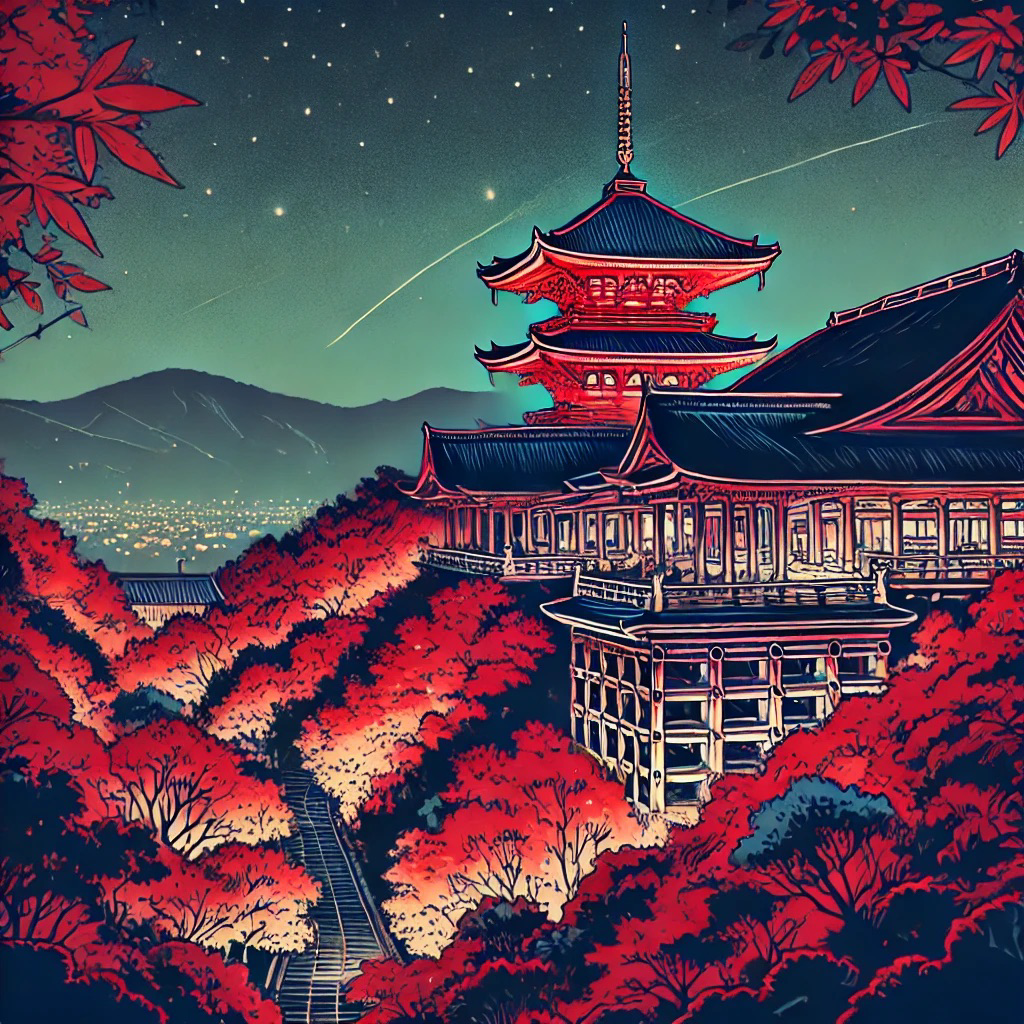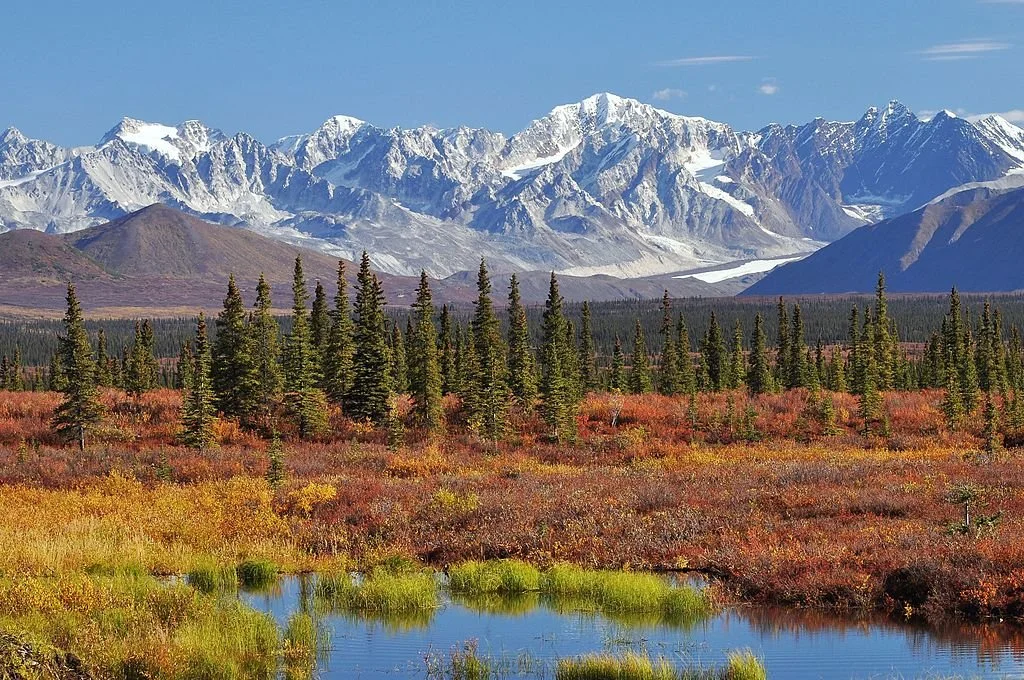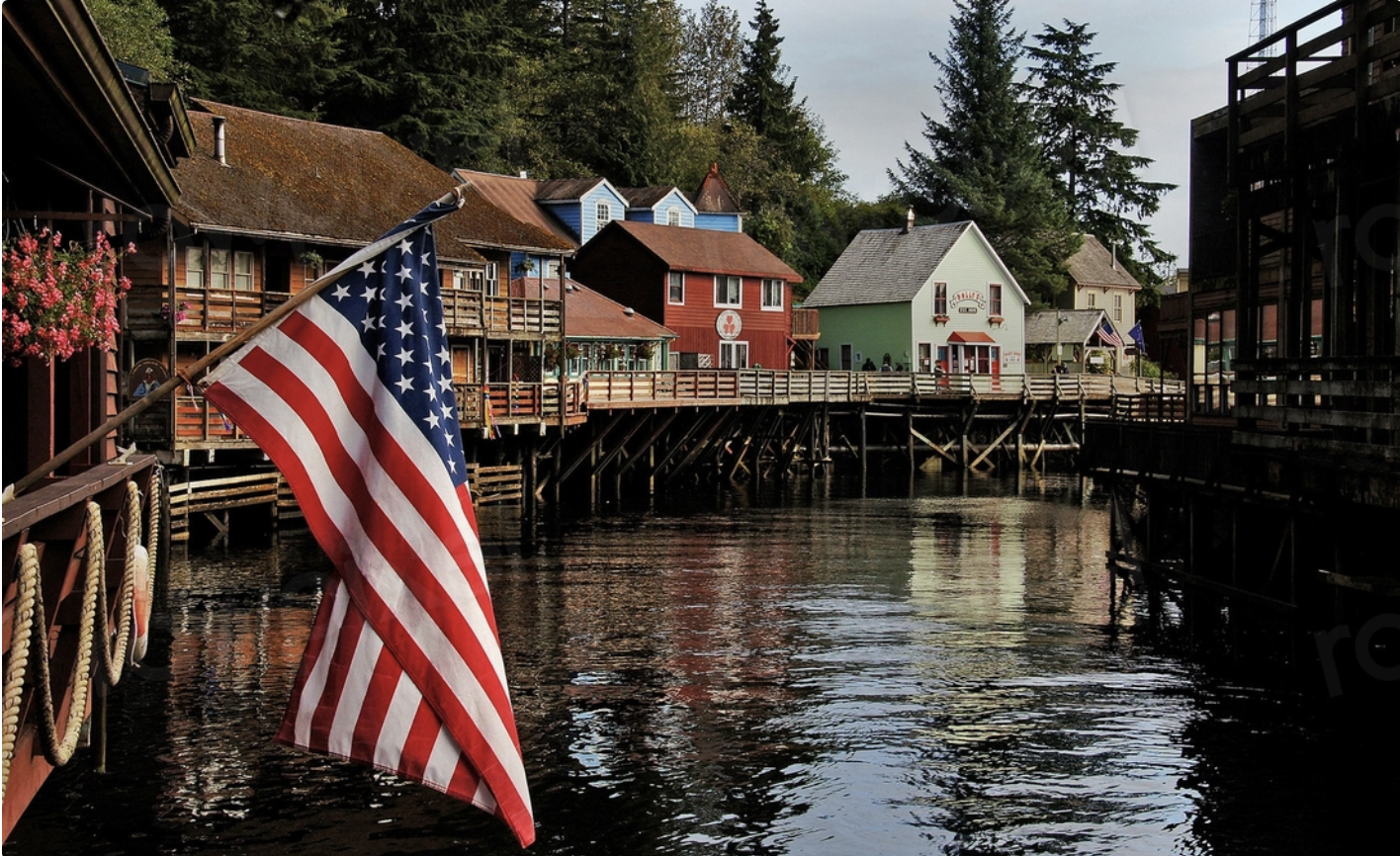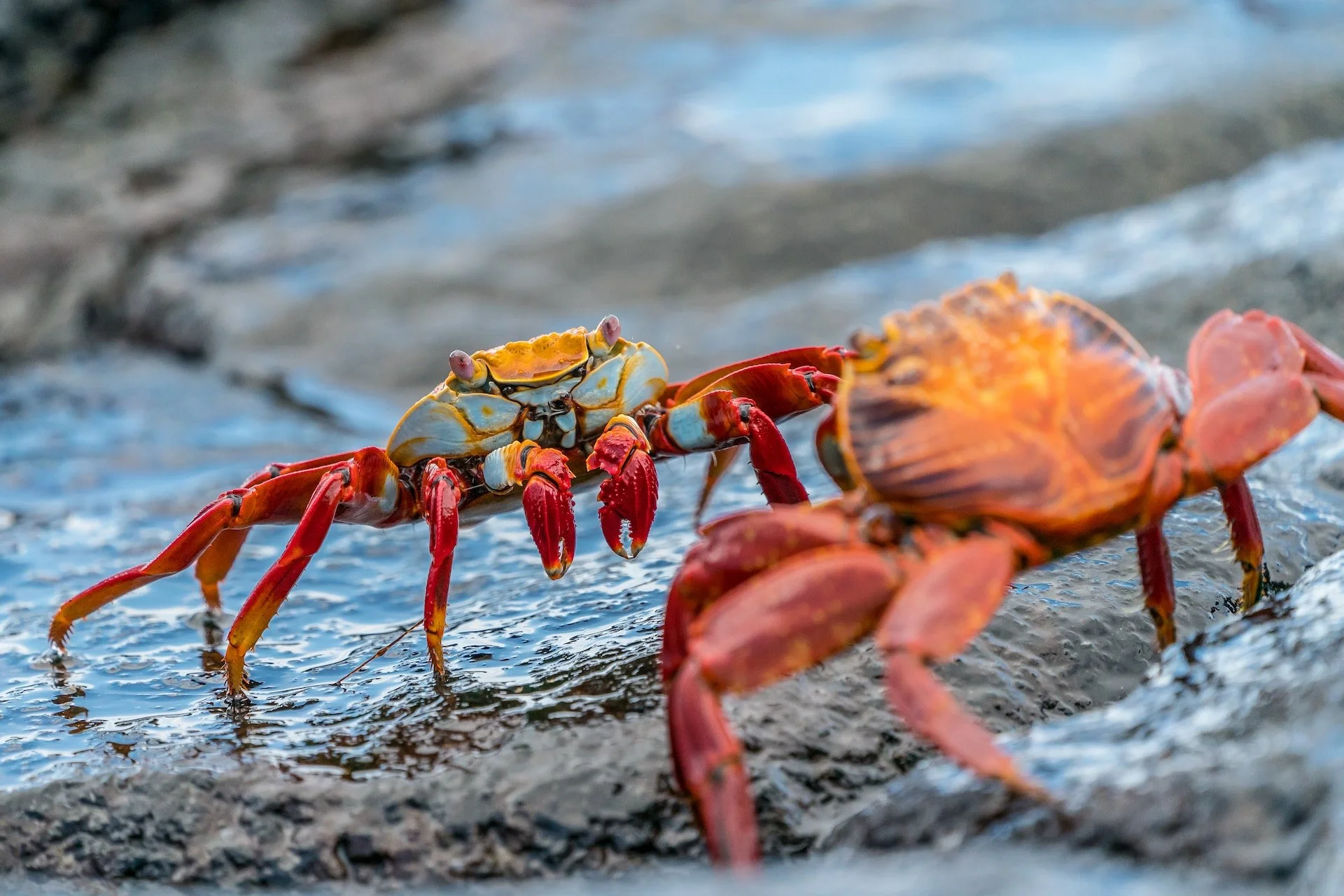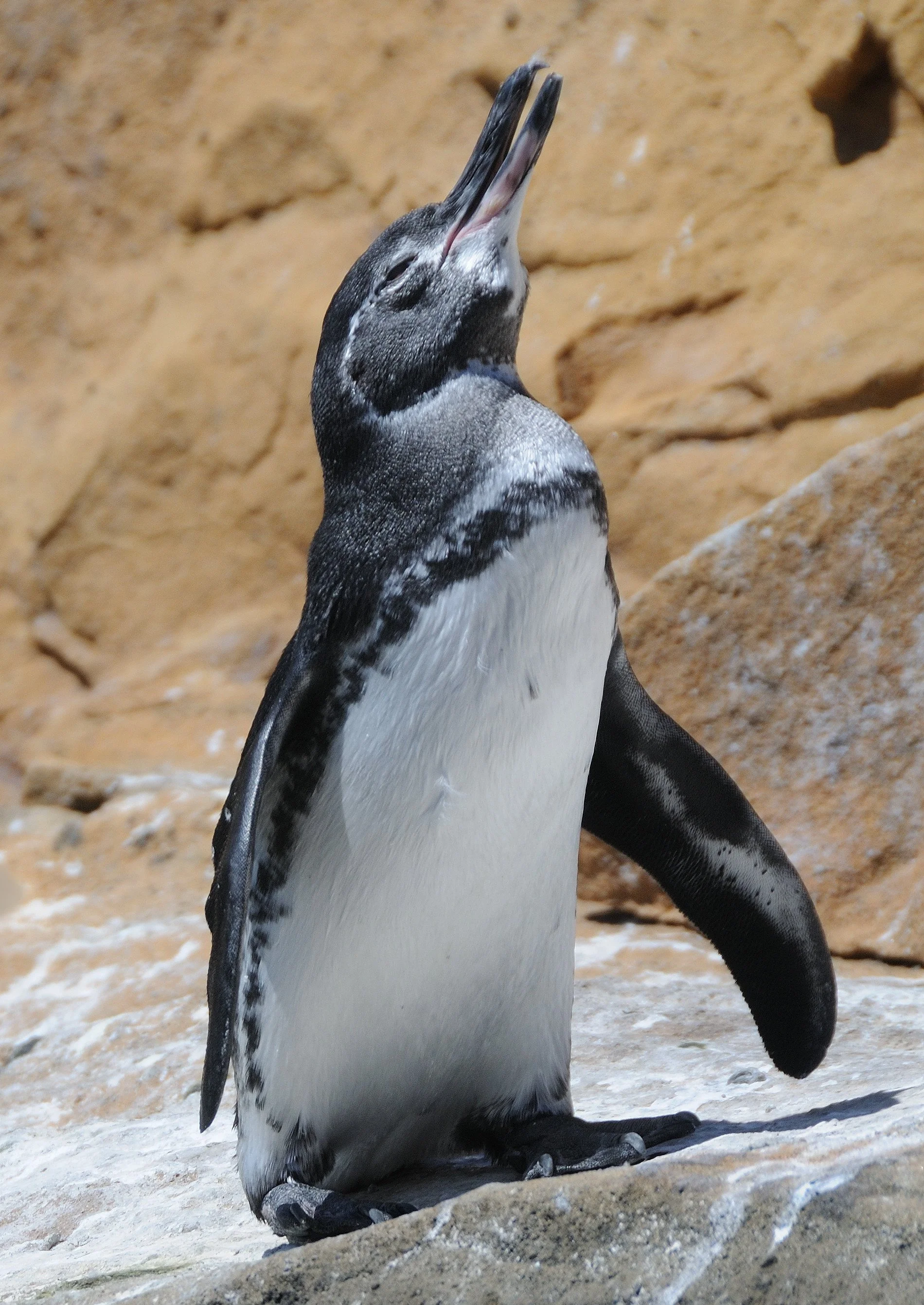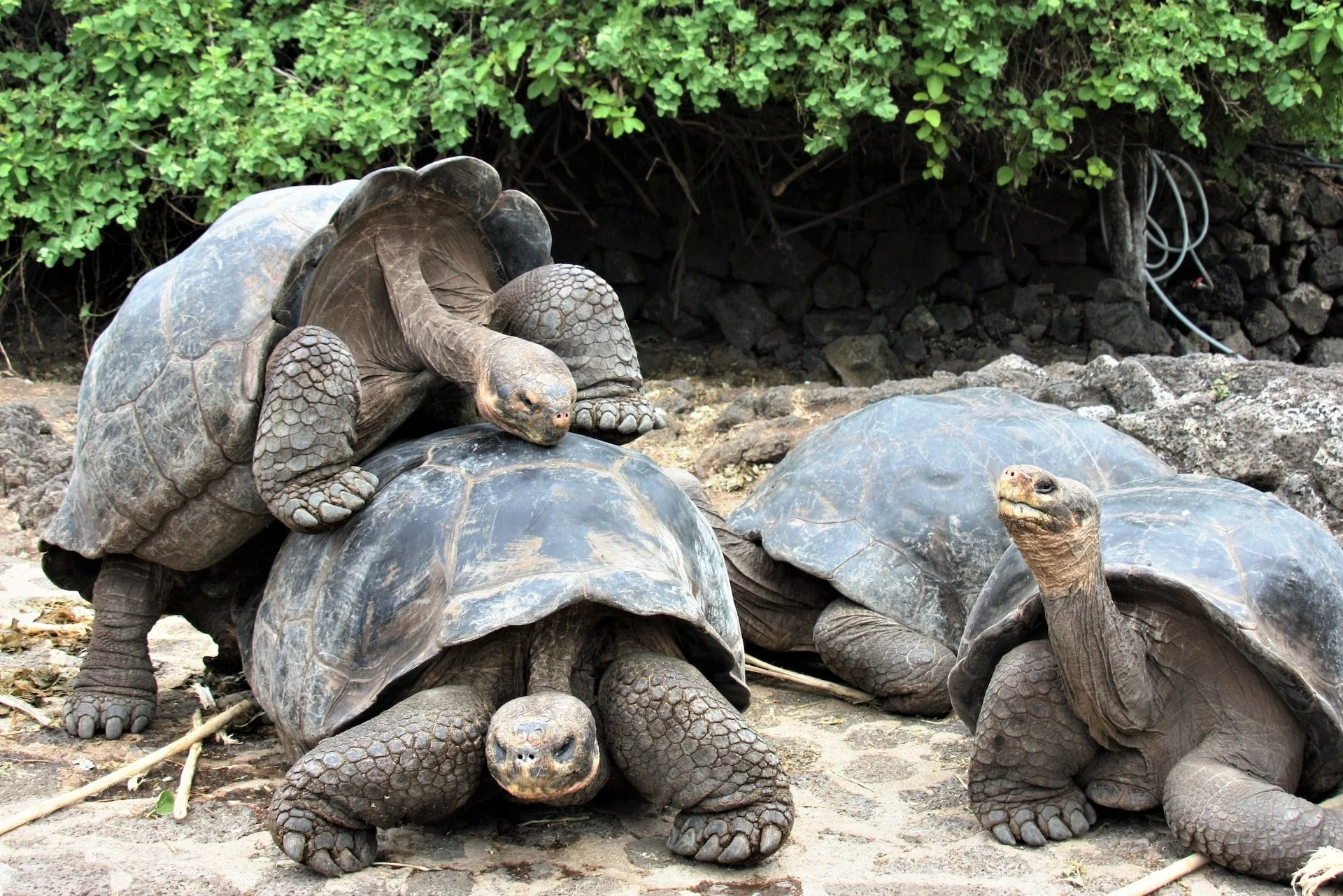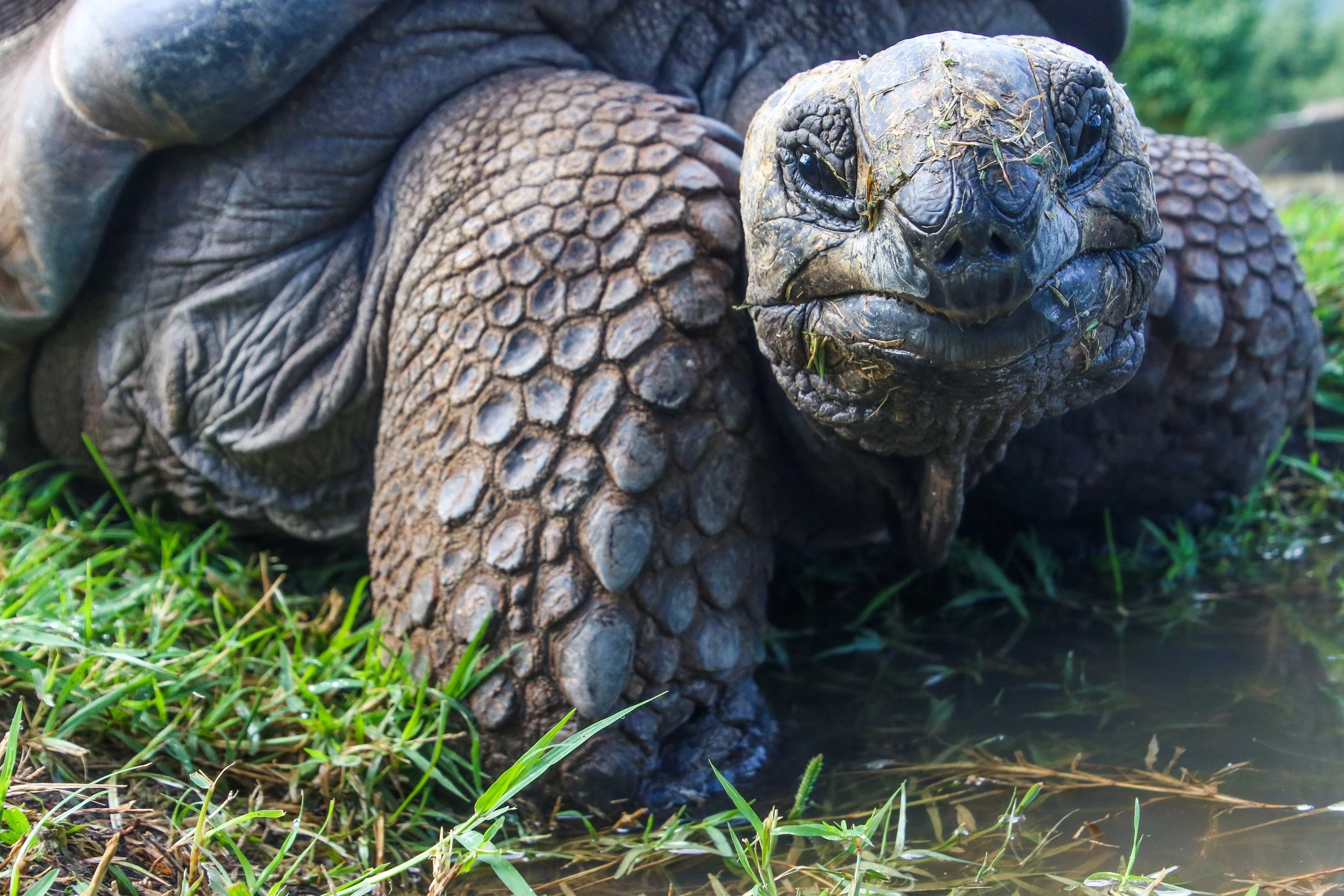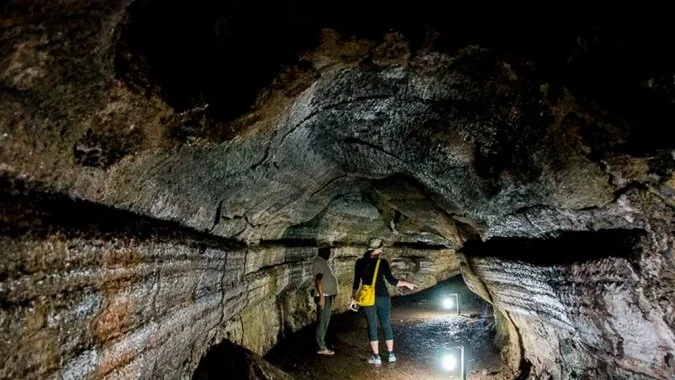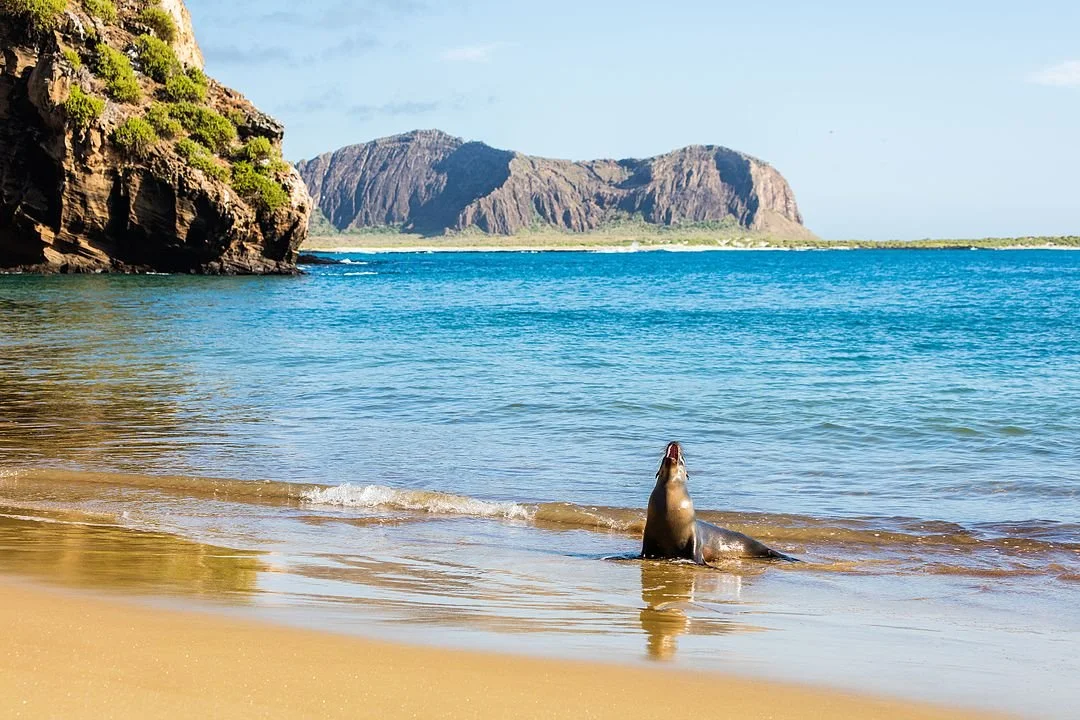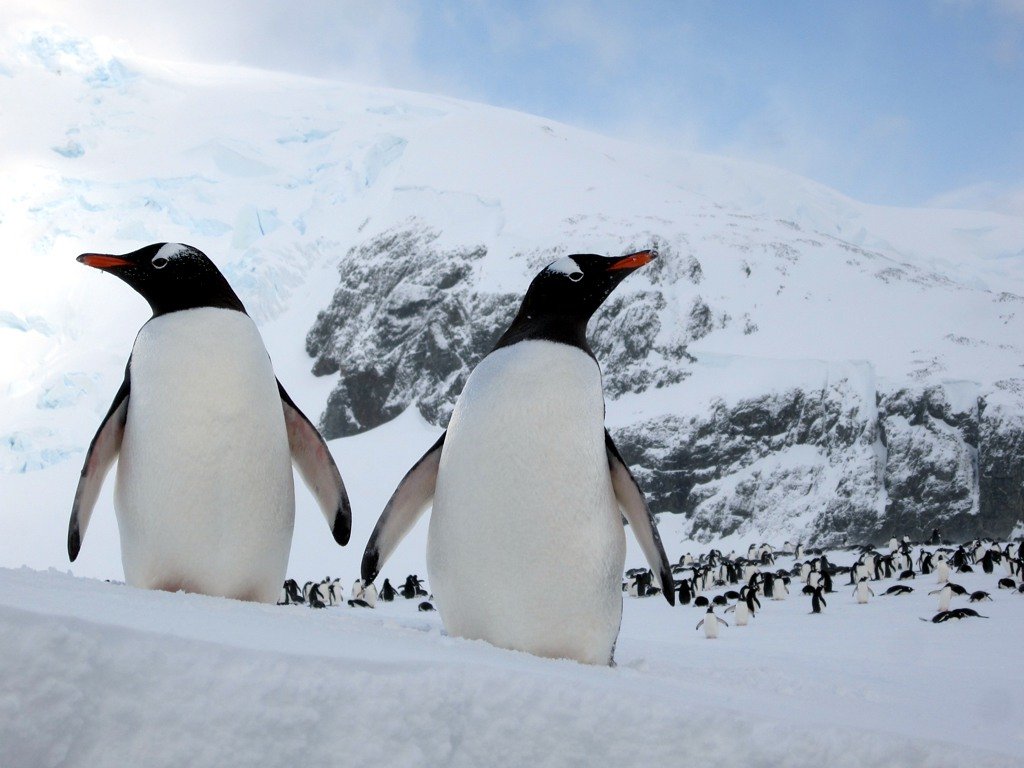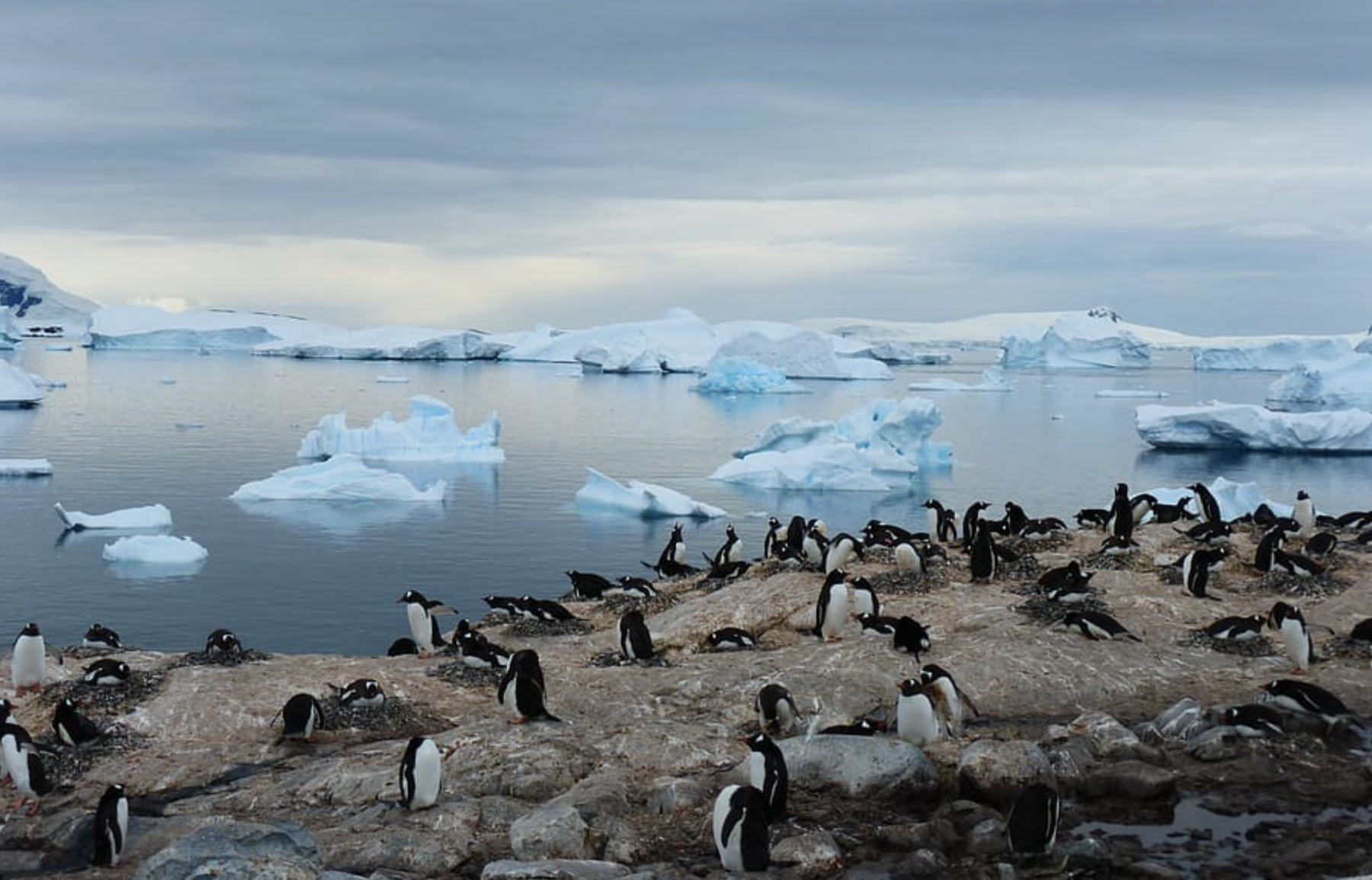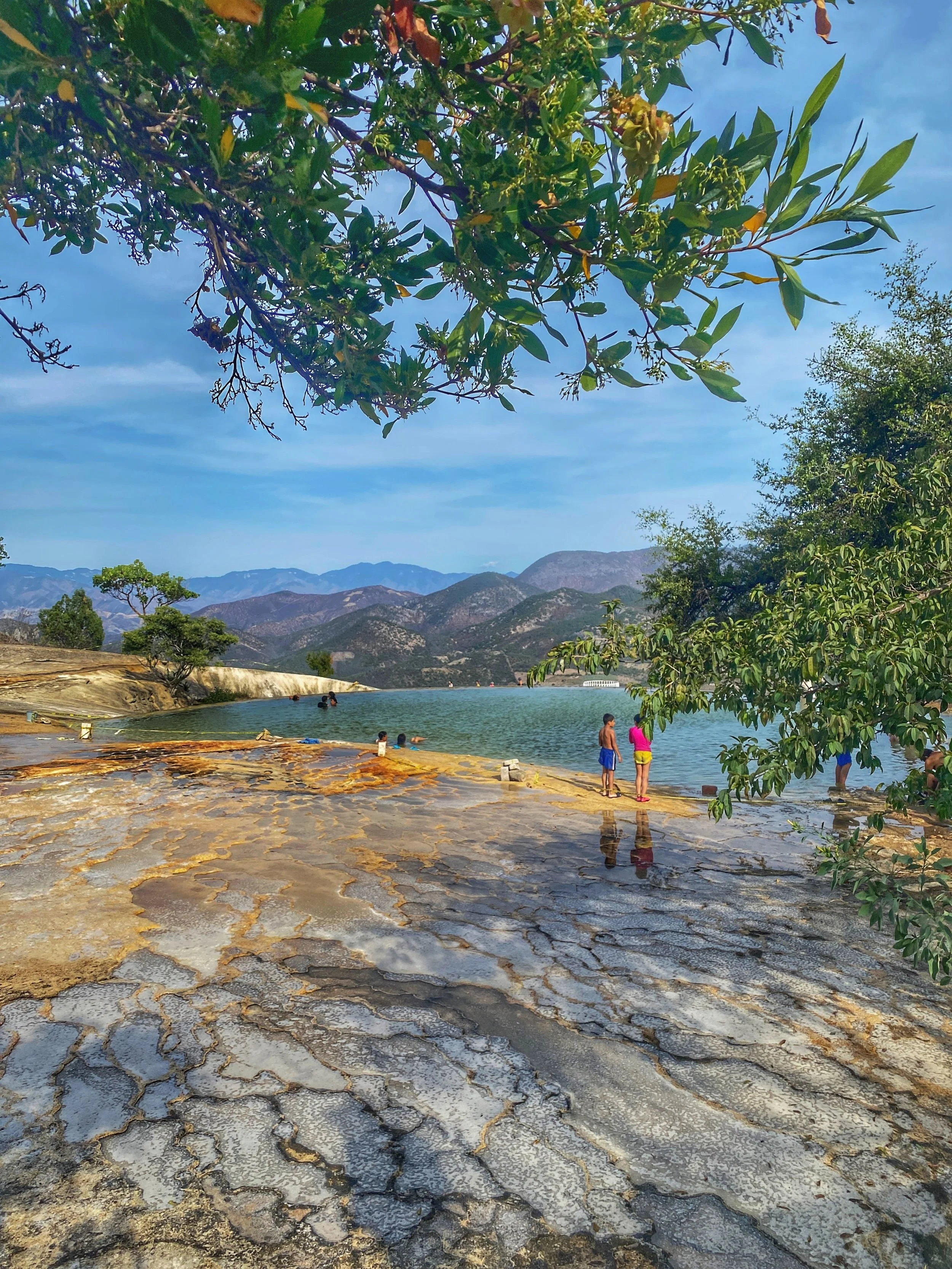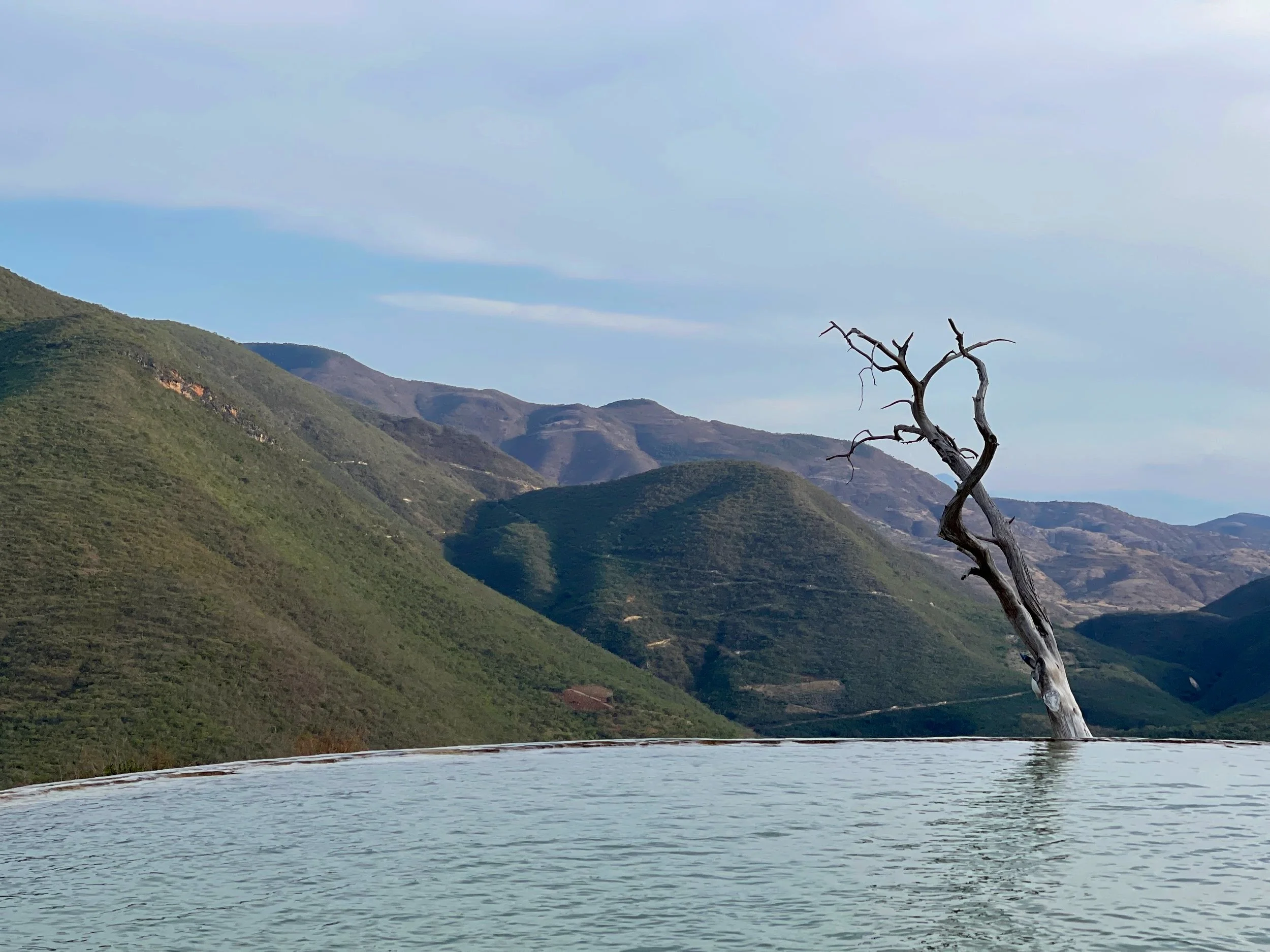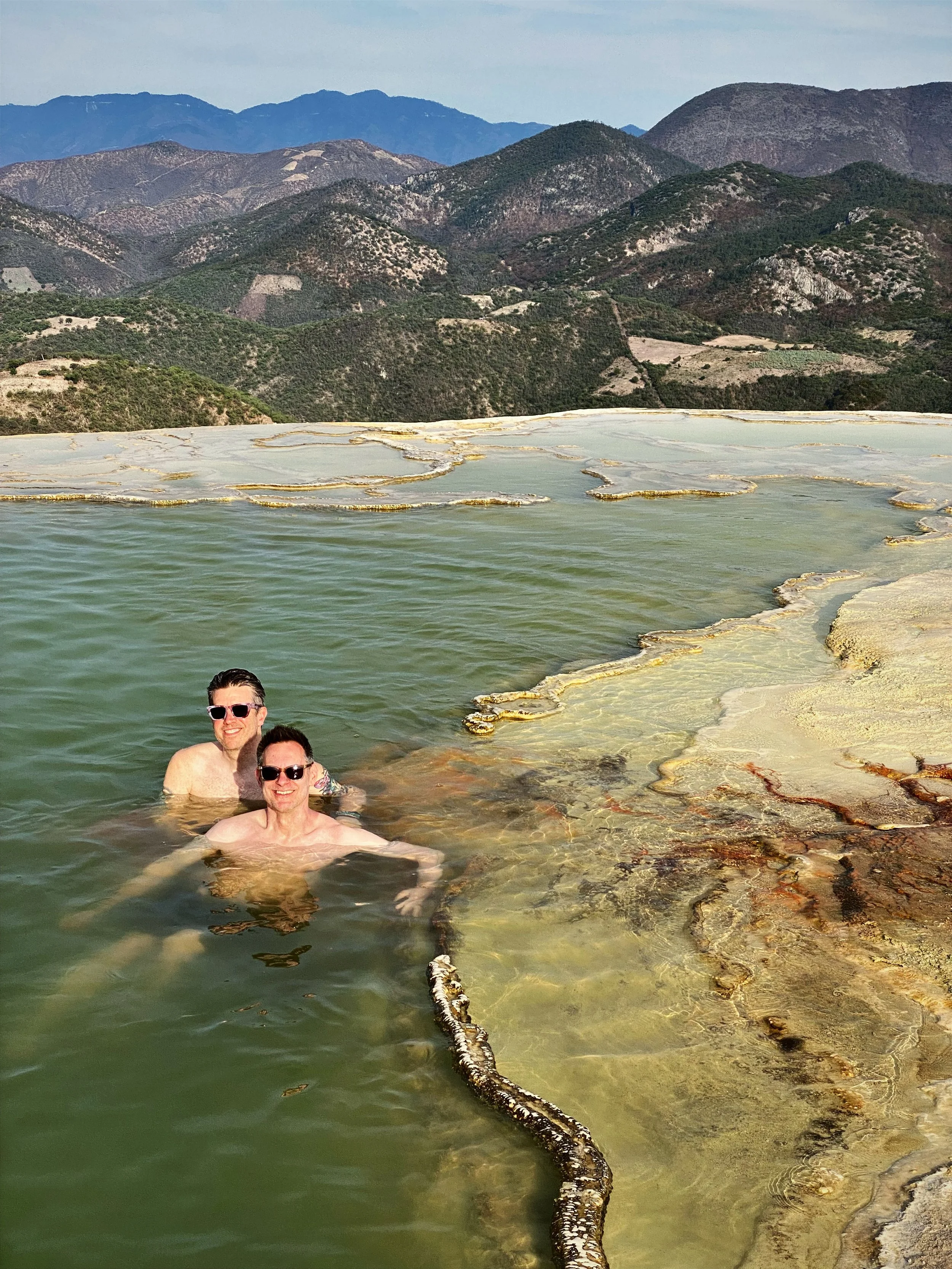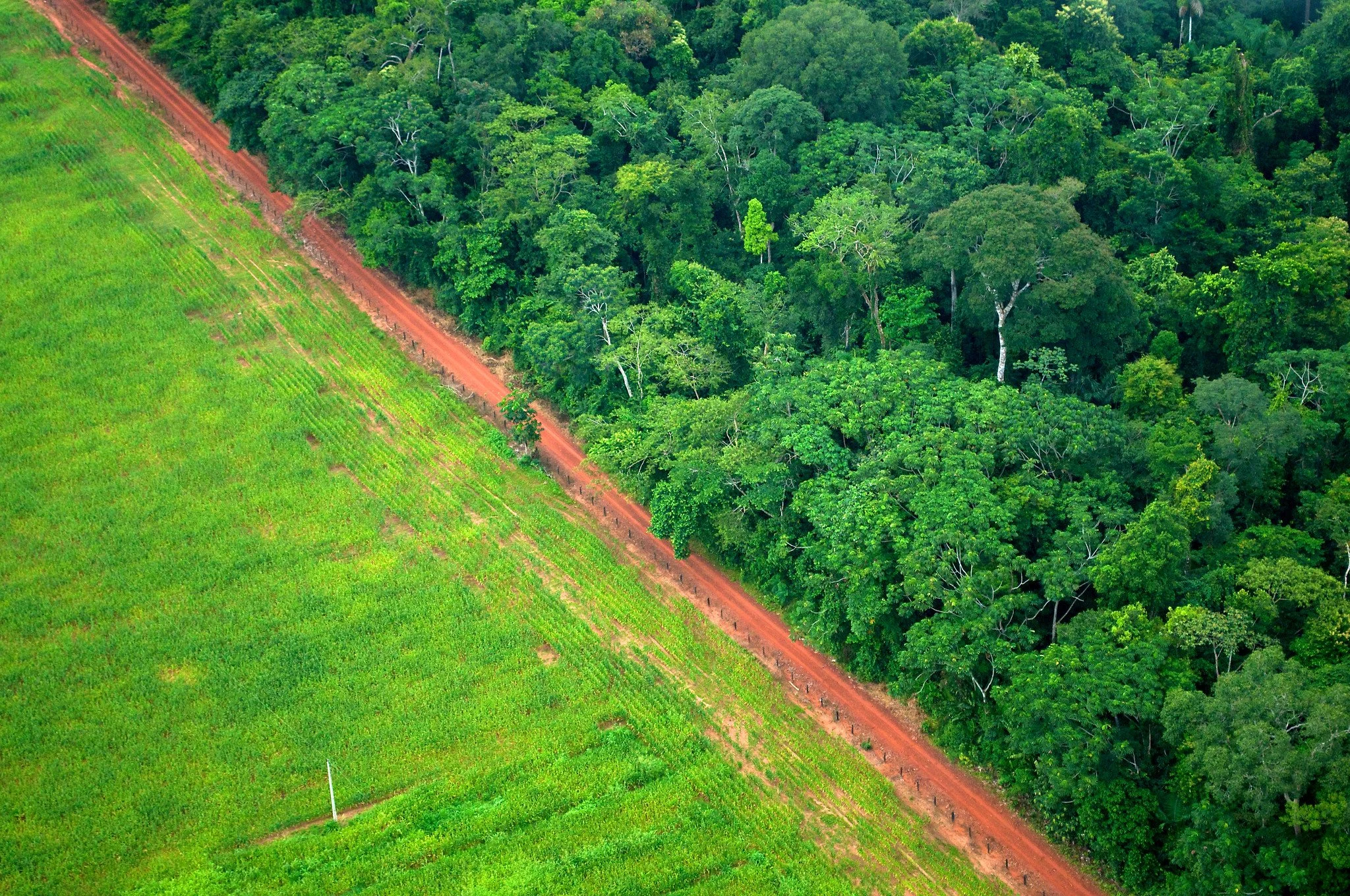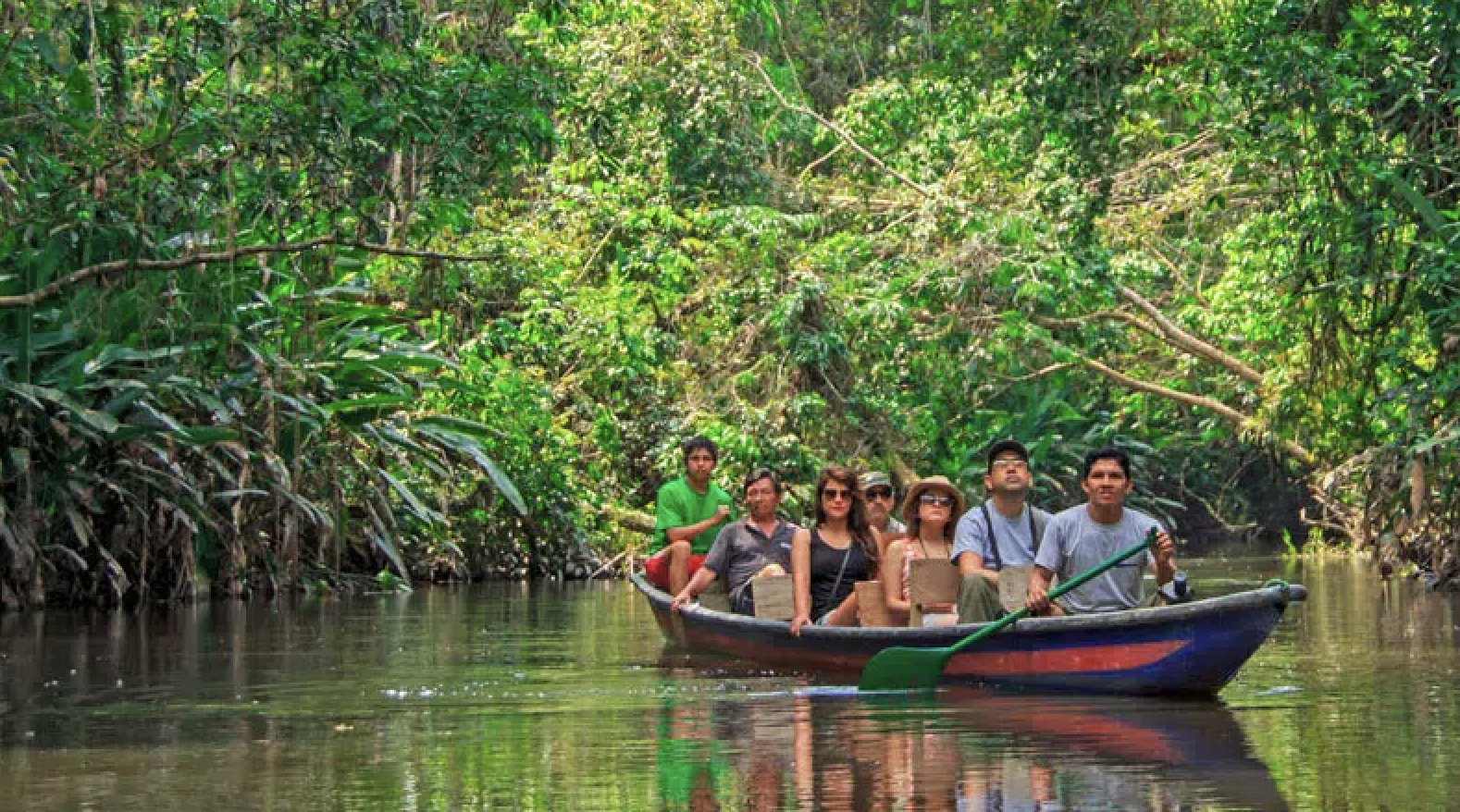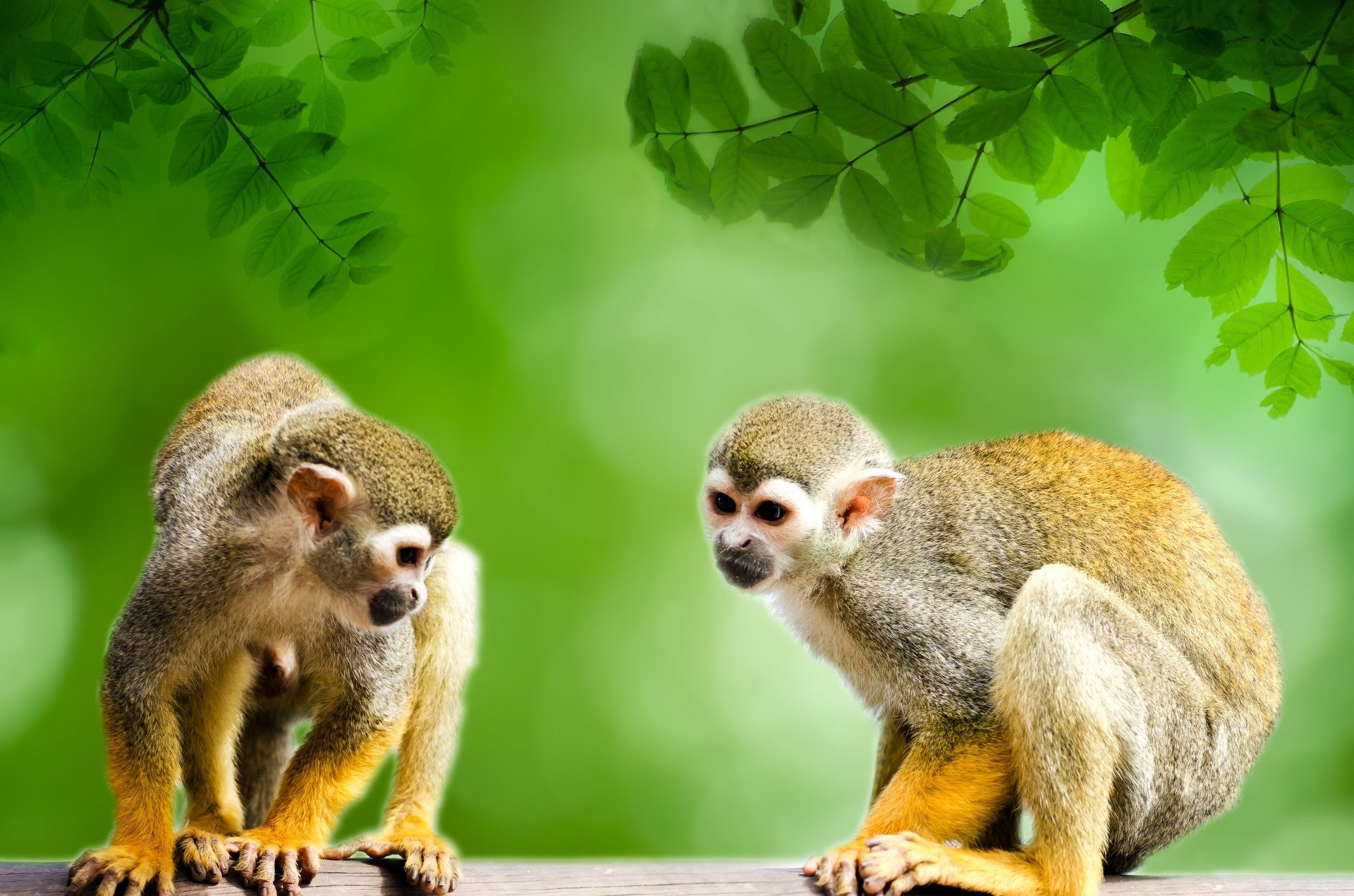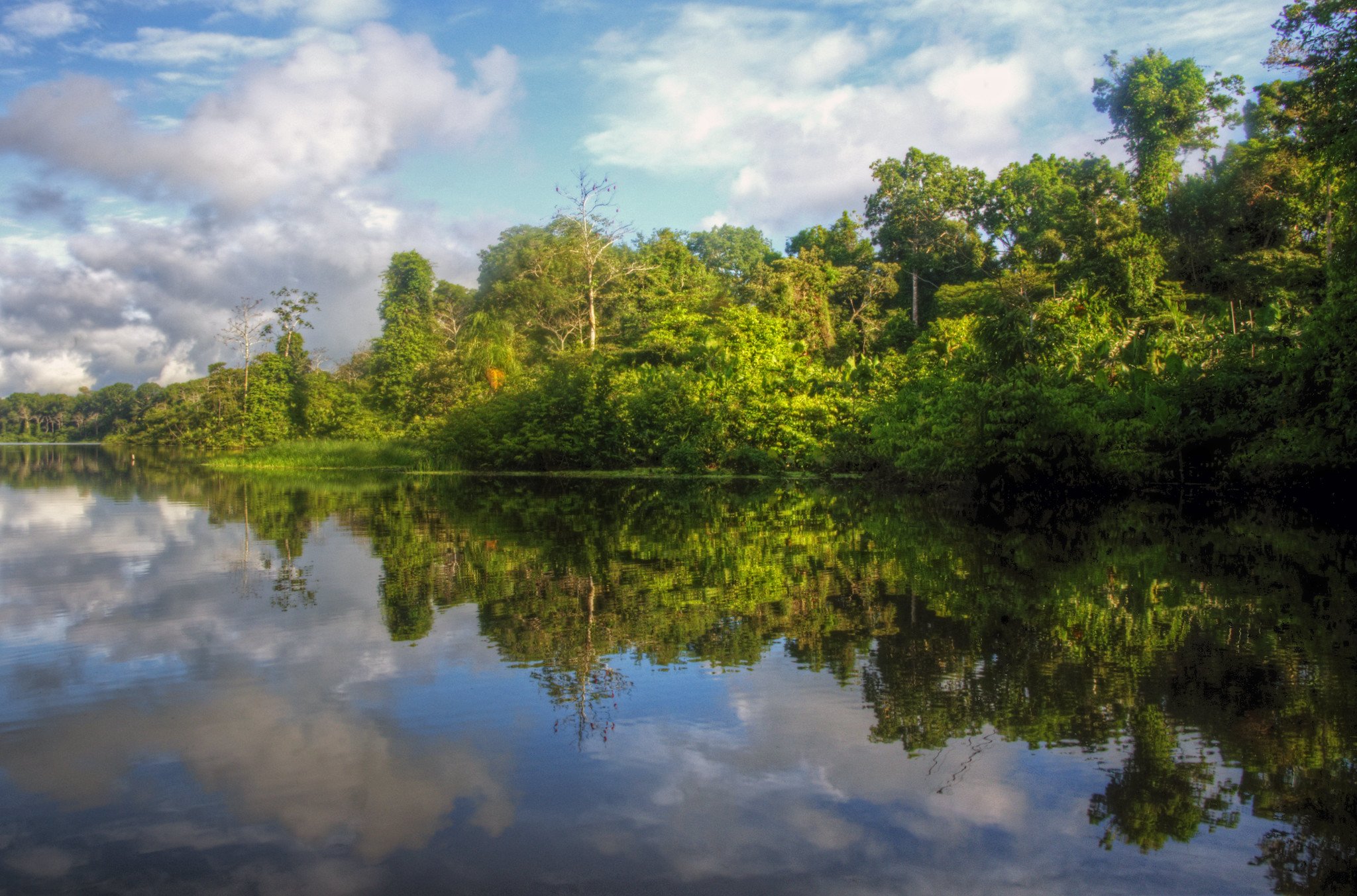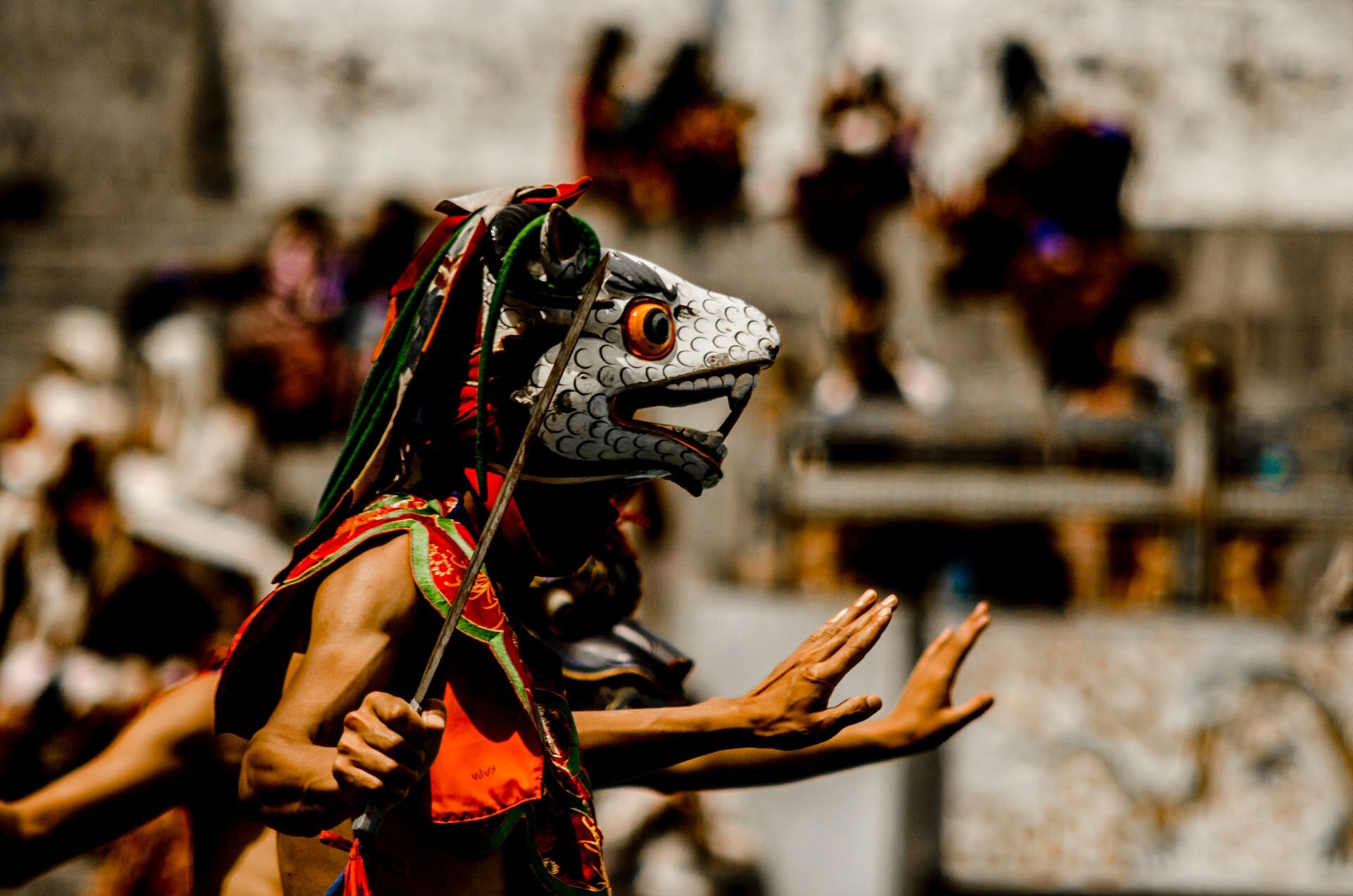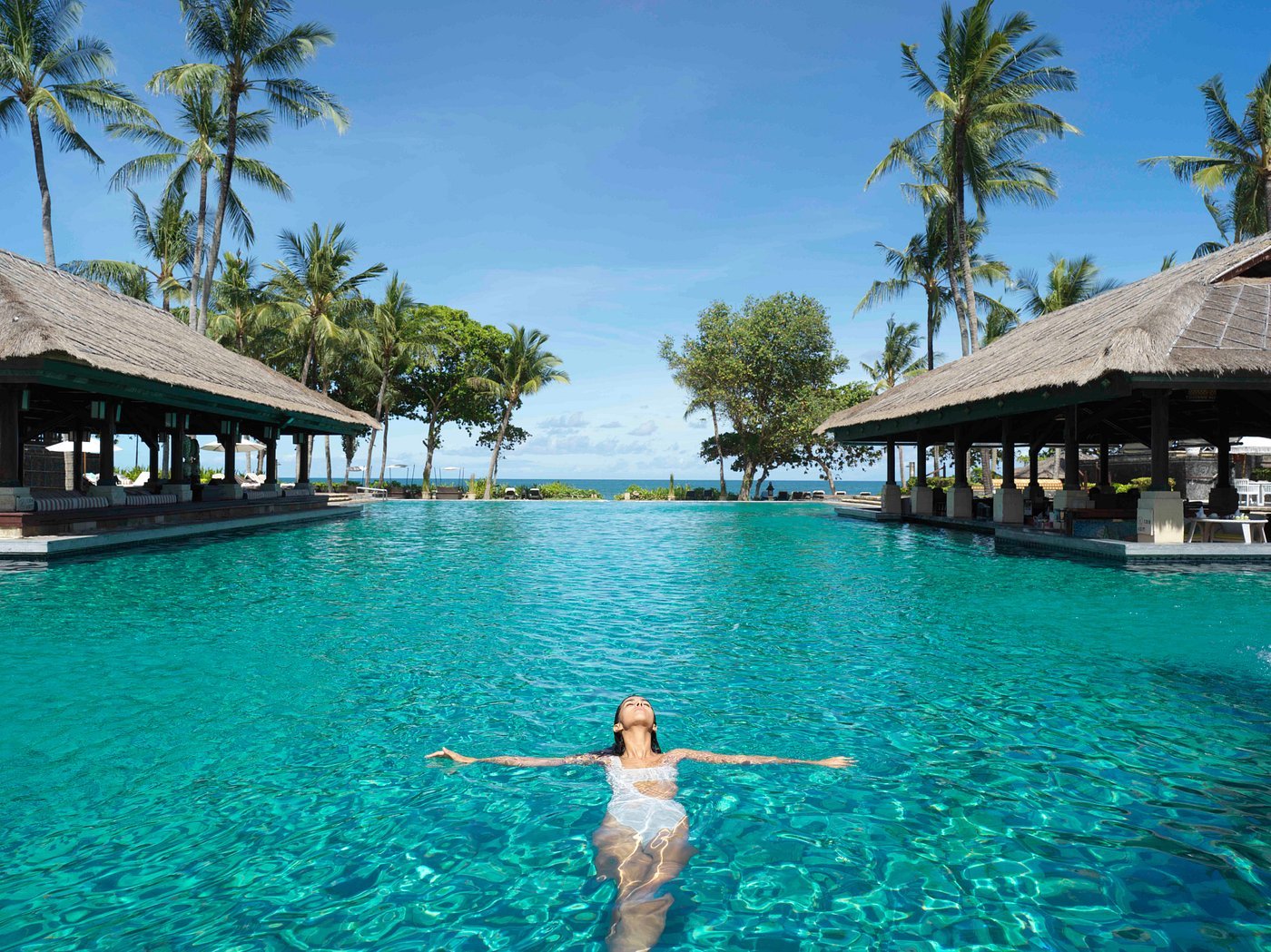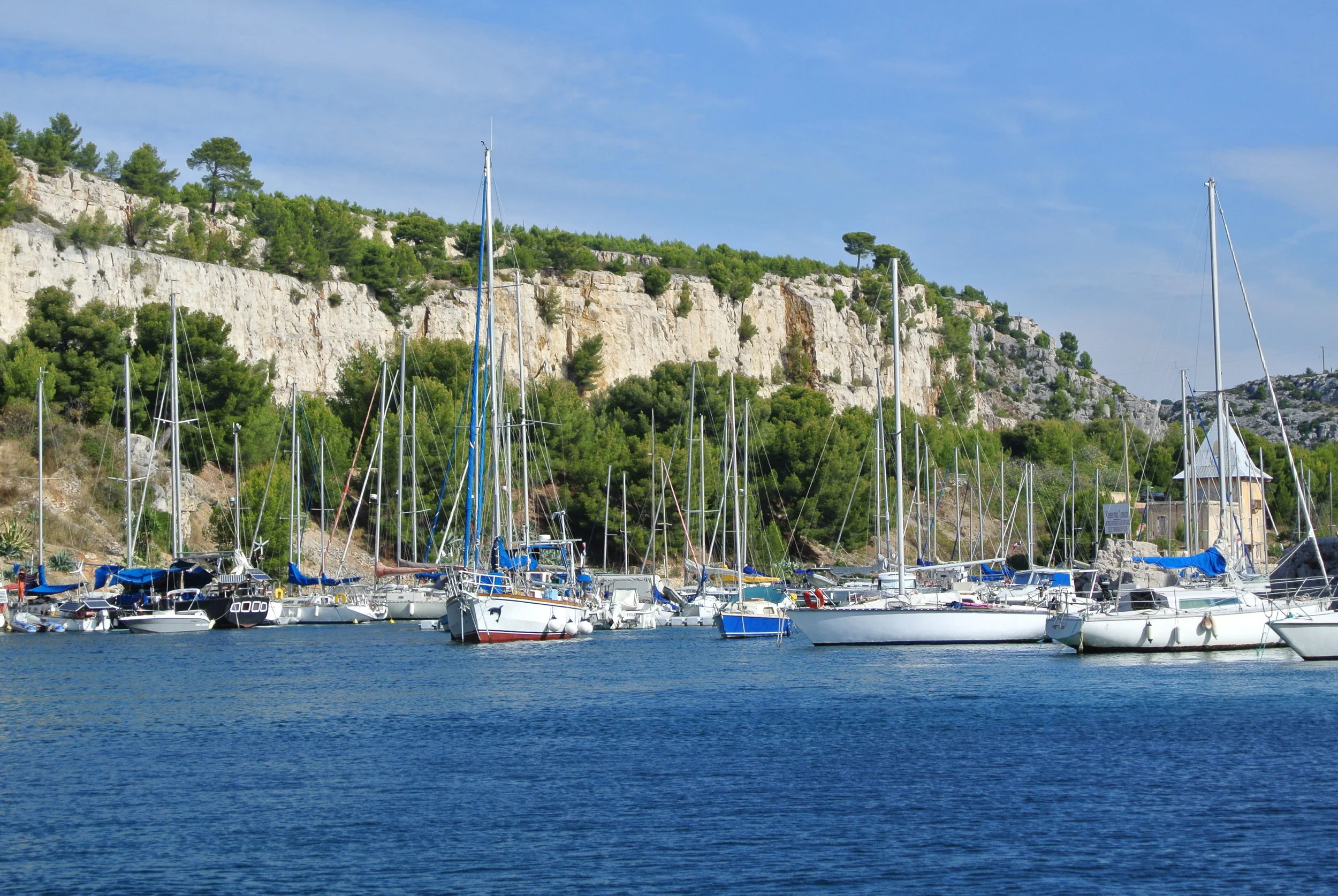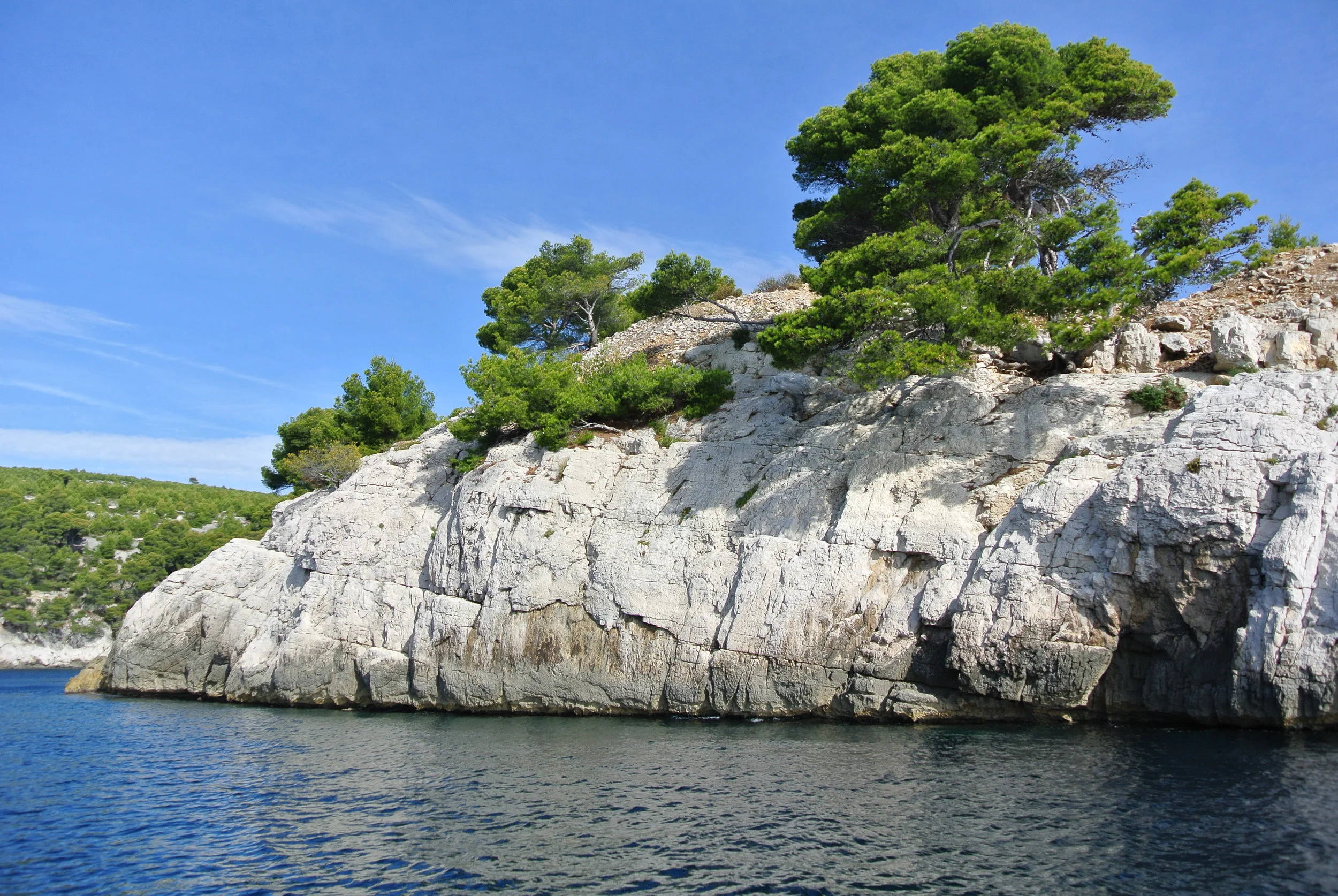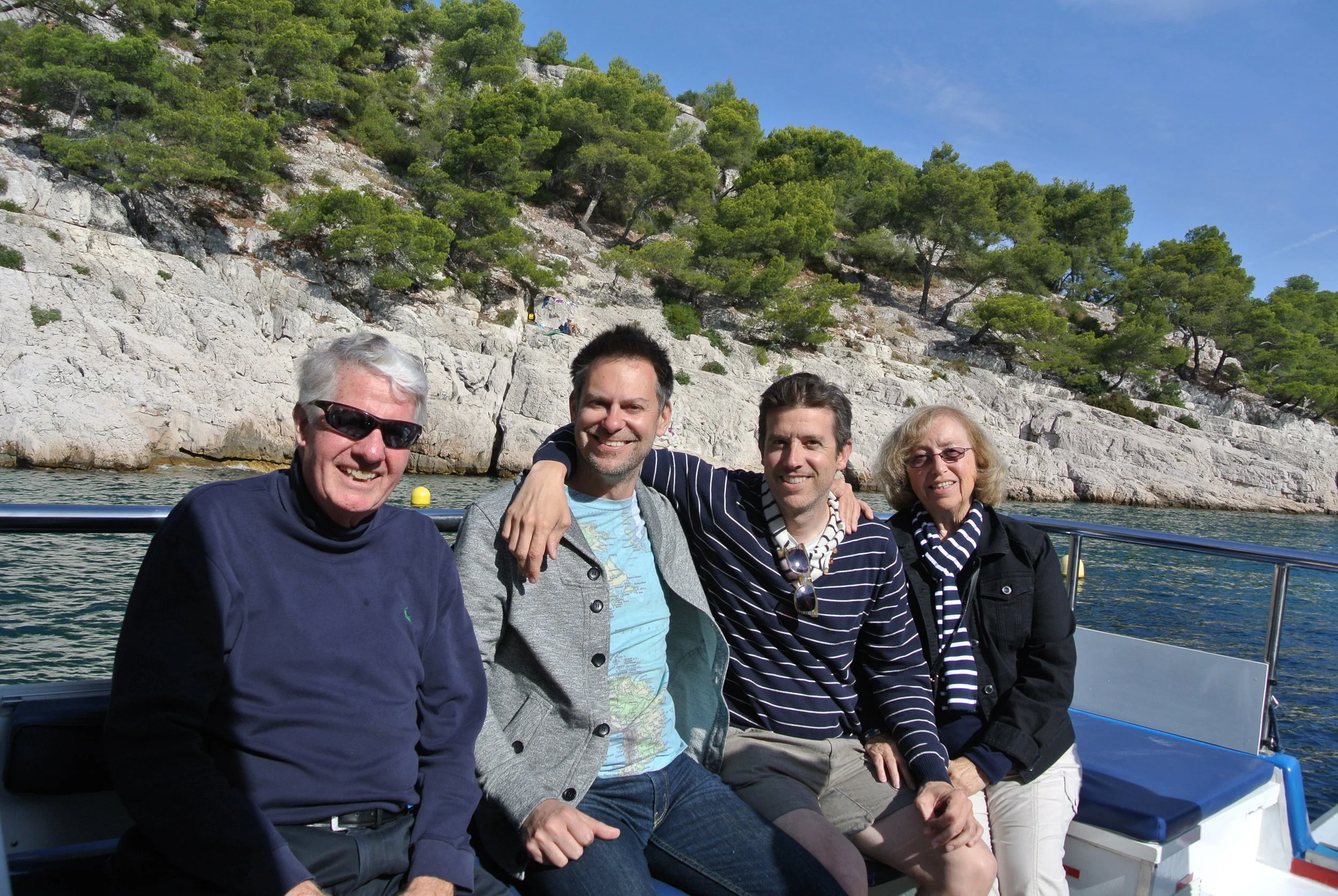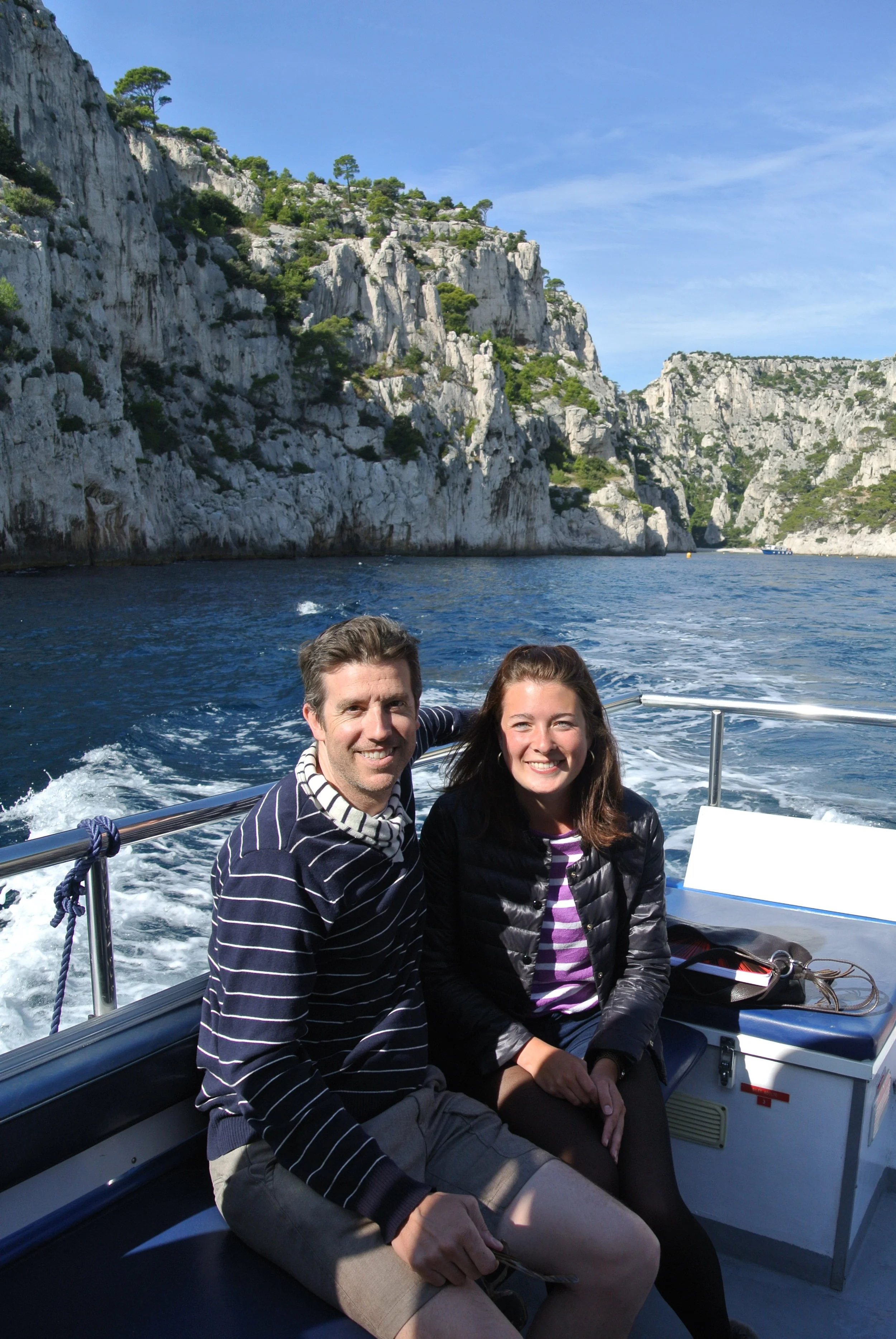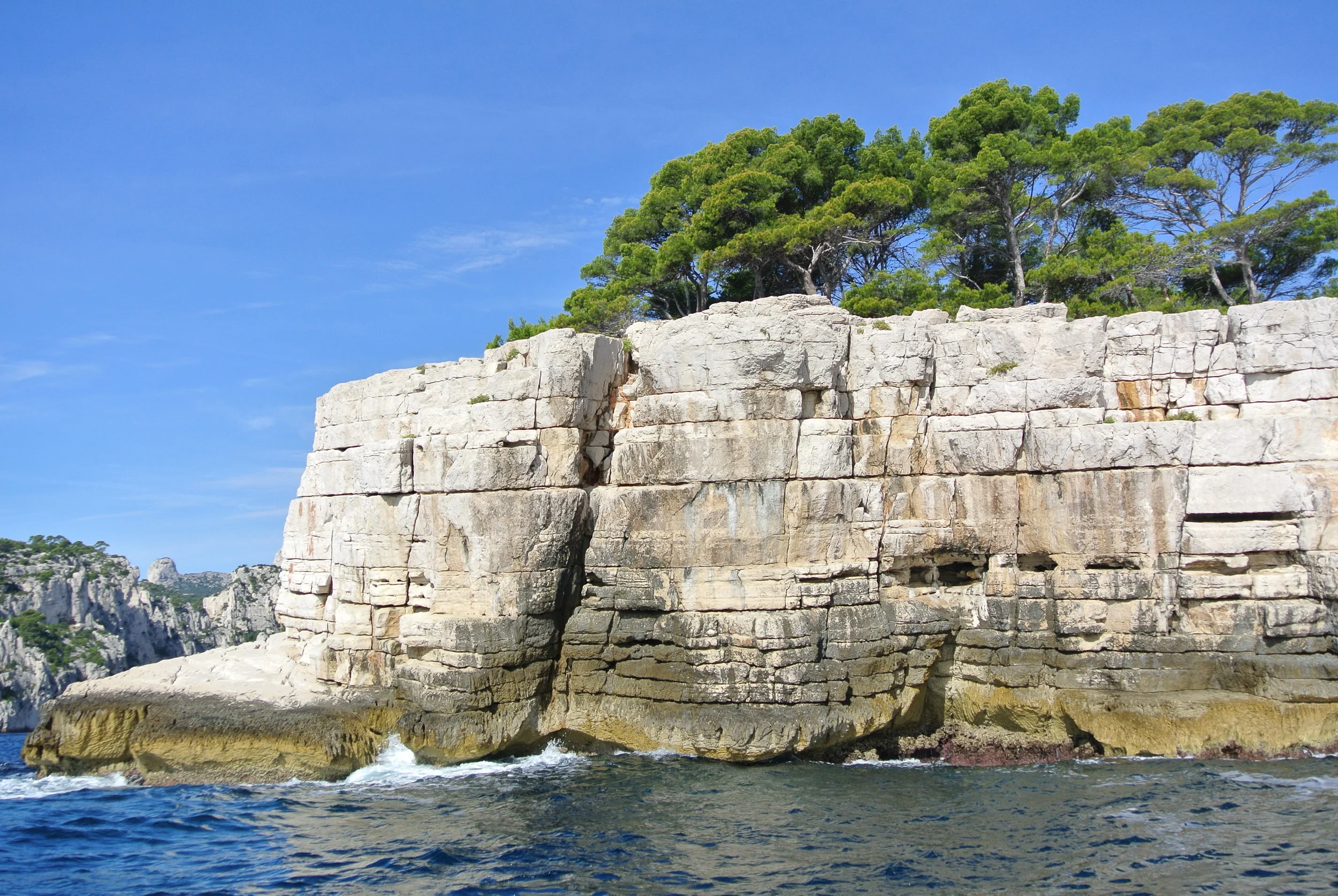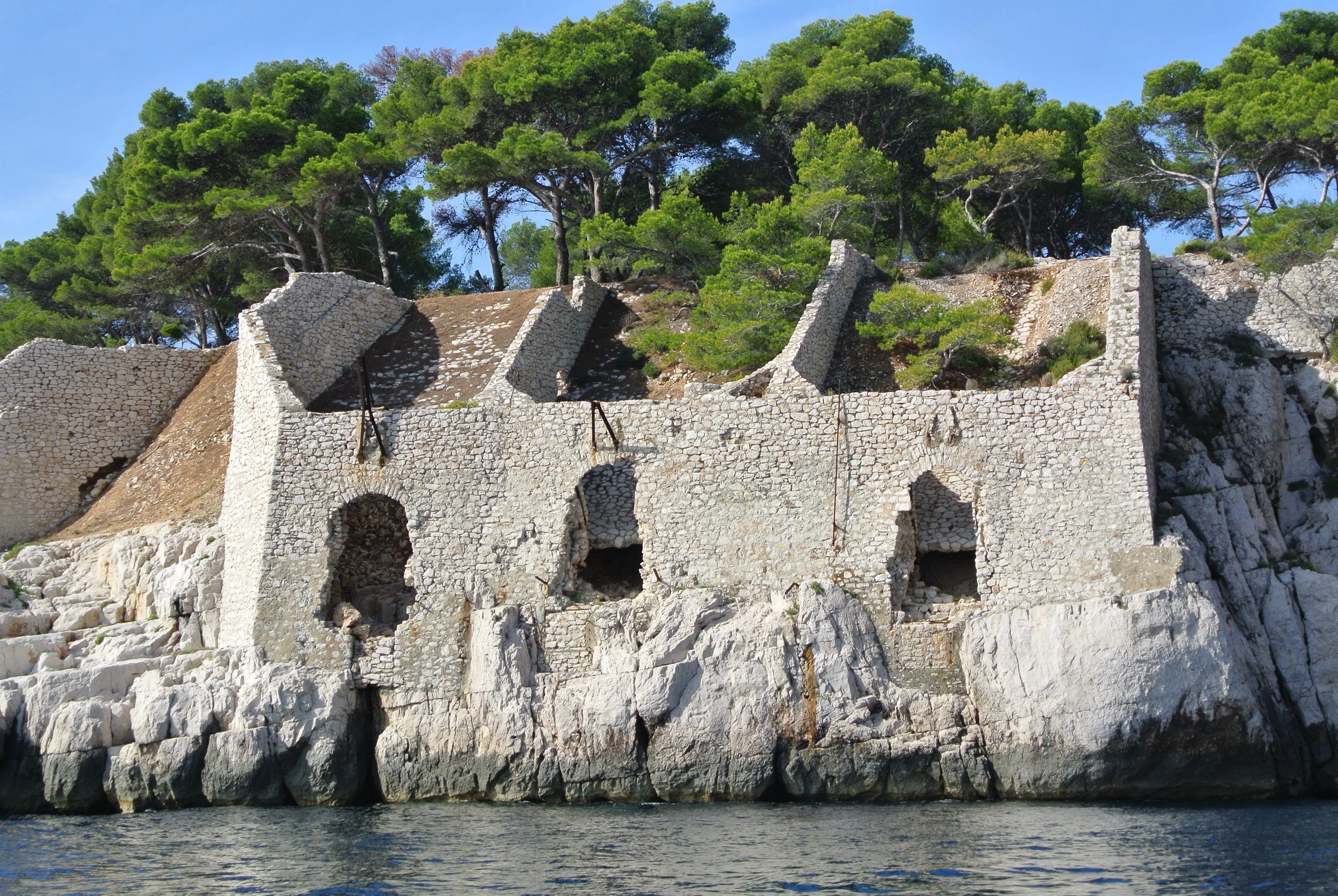From the awe-inspiring Grand Canyon and Sedona’s fiery red rocks to adventures like rafting the Colorado, hiking slot canyons, and sipping prickly pear margaritas under the desert sky, Arizona is pure magic.
Arizona is unlike any other state in the U.S. A sprawling canvas of ancient landscapes, vibrant cities and quirky adventures, it’s the kind of place where you can watch the sun paint the Grand Canyon at dawn, sip craft cocktails in Scottsdale by night, and still have time to hunt for a spiritual vortex in Sedona. Whether you’re a nature lover, a culture buff, or just someone who wants to try responsible gaming while exploring the Southwest, Arizona serves up more than its fair share of surprises.
Here’s a guide to Arizona’s must-see destinations that go beyond the usual tourist traps — and into the stories that make them unforgettable.
1. Grand Canyon National Park: Nature’s Ultimate Flex
The Grand Canyon isn’t just a big hole in the ground (though, admittedly, it is massive). This 277-mile-long geological marvel is a love letter from the Colorado River to the Earth, carved over millions of years. But let’s ditch the brochures — did you know the South Rim’s Mather Point is where amateur photographers turn pro in seconds? Or that mule rides down the canyon come with guides who can tell you the difference between Kaibab and Toroweap limestone?
For thrill-seekers, rafting the Colorado River is a wet and wild front-row seat to eons of Earth’s history. And for those who prefer to stay dry, the Desert View Watchtower offers a panoramic view that might just make you believe in the sublime.
2. Sedona: Where Red Rocks and Zen Collide
Sedona is like that friend who’s effortlessly cool — stunning to look at, a little mystical, and always ready to recommend a good hike or a chakra cleanse. Its iconic red rock formations, such as Cathedral Rock and Devil’s Bridge, are Instagram gold, but this place is more than just a pretty backdrop.
Feeling adventurous? Trek Bell Rock at sunrise. Feeling spiritual? Sedona’s vortex sites are said to radiate healing energy (though skeptics might argue it’s just the altitude). Afterward, stroll through the Tlaquepaque Arts & Shopping Village for local crafts, or treat yourself to a wellness retreat that includes guided meditation under the stars.
Pro tip: Don’t skip the Chapel of the Holy Cross, a jaw-dropping architectural gem built into the rocks, even if you’re more into selfies than sanctity.
3. Antelope Canyon: The Slot Canyon That Stole the Spotlight
Tucked away near Page, Antelope Canyon feels like you’ve stepped into another dimension — or maybe a desktop screensaver. Upper Antelope Canyon is known for its ethereal light beams, making it a photographer’s dream. Meanwhile, the Lower Canyon is perfect for the more adventurous, with narrow passageways that require a ladder and a good sense of balance.
Insider tip: Tours sell out fast, so book early — and aim for midday when the light show is at its peak. Oh, and don’t forget to ask your guide about the Navajo stories tied to the canyon. They’ll add a layer of meaning you won’t find on Google.
4. Phoenix: More Than Just a Desert City
Phoenix has mastered the art of balancing its urban cool with a nod to the outdoors. Sports fans can catch a game at Chase Field, while nature enthusiasts can lose themselves in the Desert Botanical Garden, home to over 50,000 desert plants (yes, that includes the occasional bloom-worthy cactus).
Looking for a view? Hike Camelback Mountain at sunrise, or take the easy route with a rooftop cocktail in hand at one of the city’s trendy bars. Bonus points if you visit the Musical Instrument Museum, where you can try instruments from around the world — perfect for channeling your inner rock star.
5. Old Town Scottsdale: Where the Old West Meets New Luxe
Old Town Scottsdale is like a time machine with a martini bar — history meets modern indulgence. Start your day with a gallery crawl featuring everything from Southwestern landscapes to contemporary sculptures. Then, stop by Candytopia for a sweet immersive experience (marshmallow pit, anyone?) before heading to the Scottsdale Museum of Contemporary Art, which is equal parts thought-provoking and Insta-worthy.
By night, this place lights up with rooftop lounges and lively bars. Pro tip: Order the prickly pear margarita. Trust me, it’s as quintessentially Arizona as it gets.
For an added layer of excitement, visitors can explore platforms like Arizona sportsbooks. Whether you’re catching a game at Chase Field or relaxing after a day of hiking Sedona’s red rocks, these platforms bring the thrill of the action to your fingertips. Best of all, they emphasize responsible gaming, so you can enjoy the experience worry-free while adding a unique twist to your Arizona adventure.
6. State Farm Stadium: More Than a Game Day Hangout
In Glendale, the State Farm Stadium is an architectural wonder, with its retractable roof that’s almost as impressive as the events it hosts. From NFL games to international soccer matches, this venue is a bucket-list spot for sports fans.
Not into sports? No worries. Catch a concert, festival or even take a behind-the-scenes tour. Fun fact: The entire grass field rolls out of the stadium on a giant tray, allowing it to soak up natural sunlight outside the arena.
Why Arizona Deserves Your Travel Plans
Arizona is a symphony of natural wonders, vibrant cities and unforgettable experiences. Whether you’re snapping photos at the Grand Canyon, exploring Sedona’s spiritual side, or living it up in Scottsdale, there’s a little something for everyone.
So pack your hiking boots, your camera and a good appetite for prickly pear everything. Arizona proves there’s no limit to how much adventure you can pack into one trip. –Eduardo Solano



